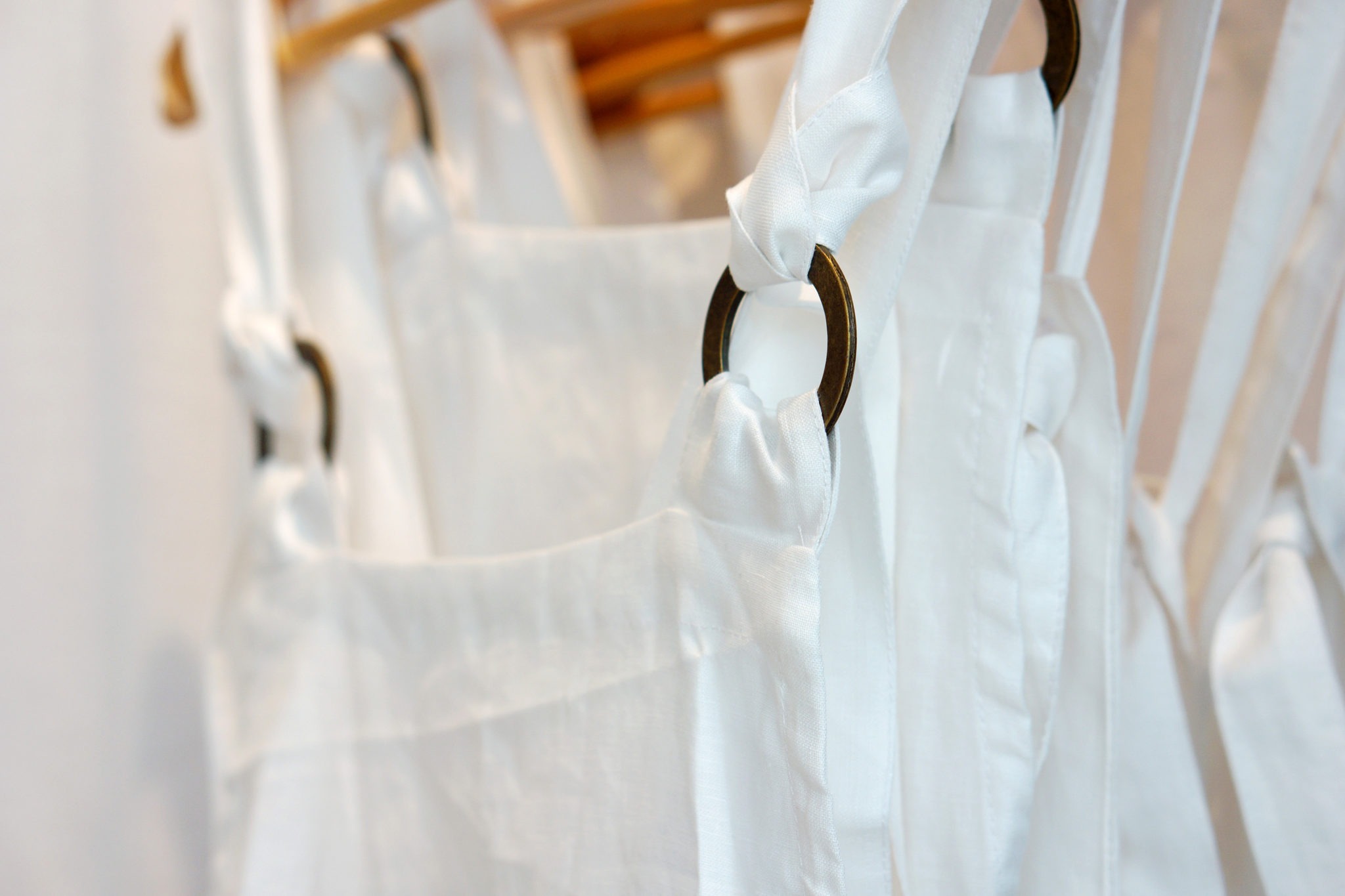
Take Five: Cloth & Hide
In case you missed it, we visited the creative hotbed of Peregian Beach, on Queensland’s beautiful Sunshine Coast, for the Village Green feature in Issue 37 of Peppermint. With so much loveliness bursting out of each and every delightful indie store, we went back to catch up with Moon Lane of local label Cloth & Hide – because if you make amazing, trans-seasonal linen pieces, you basically have us at hello…
What inspired you to start the label?
I’m a self taught sewer, and it was more of a hobby until two years ago when I launched Cloth & Hide. I guess what inspired me was a case of create what you wish existed – I’ve always bought timeless pieces that were beautiful in their simplicity and didn’t lend themselves too much to current trends, but still had a bit of edginess to them. That’s what I wanted my label to be.
Why linen?
I gravitated towards linen as I felt it would always remain relevant, and it’s a comfortable and breathable fabric which can be so beautifully raw and natural. It’s practical for our climate, but I also feel it almost takes on the personality of the person who wears it. Some people like it ironed with nice fresh creases, and others embrace the way it relaxes and organically creases to your body and softens with age.
What’s in your personal capsule wardrobe?
On high rotation at the moment is my signature dungaree playsuit in black, paired with a white tee, and my essential leather shorts in black or olive with a Sefina top in white linen. My Aria playsuit paired with a crop underneath is also getting a work-out. Usually they’re all paired with white trainers or simple leather slides.
Why do you think Peregian Beach is a such a hotbed of independent labels and talent?
Peregian has so many creatives living here, and a lovely village atmosphere which is so unique. I feel there’s a culture of creativity – people really appreciate beautiful, original creations and have their own distinctive styles.
Tell us about who makes Cloth & Hide clothes, and the sustainability practices involved?
Our garments are made by home seamstresses in Bali using biodegradable linens and cottons – we don’t use synthetic fabrics. We also only produce small quantities. If a particular style does not sell or doesn’t fit well we don’t throw it away – we’ll either fix it or repurpose the fabric into other garments. When designing I think of longevity, and try to design garments which won’t date and will be worn for years to come. I go to Bali twice a year to meet with my production team, who are paid more than other seamstresses – receiving 30-40% more than others working in the same industry. I’d love to eventually work with organically produced fabrics, but due to the price and availability we’re not quite there yet!
When designing I think of longevity, and try to design garments which won’t date and will be worn for years to come.
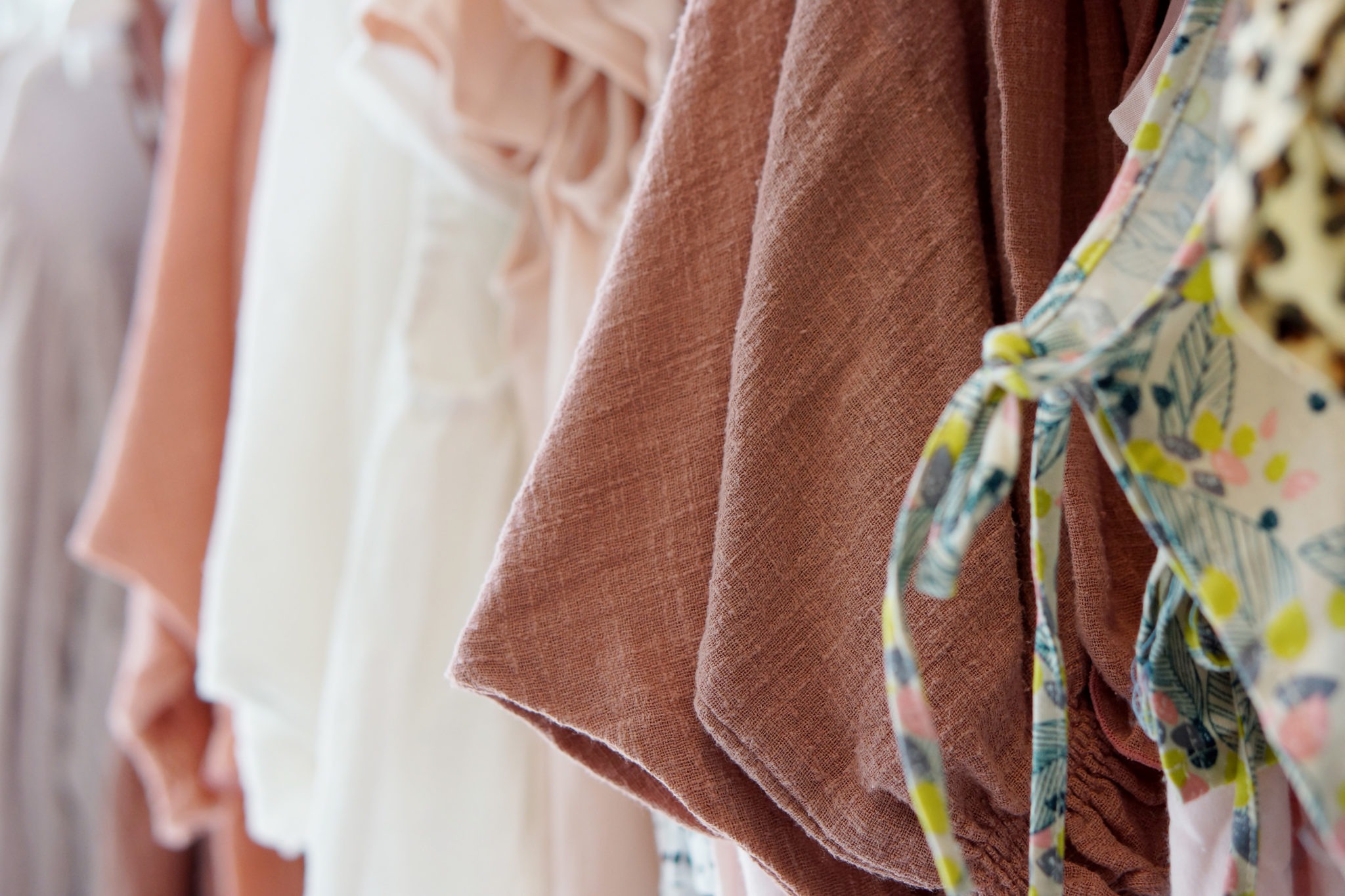

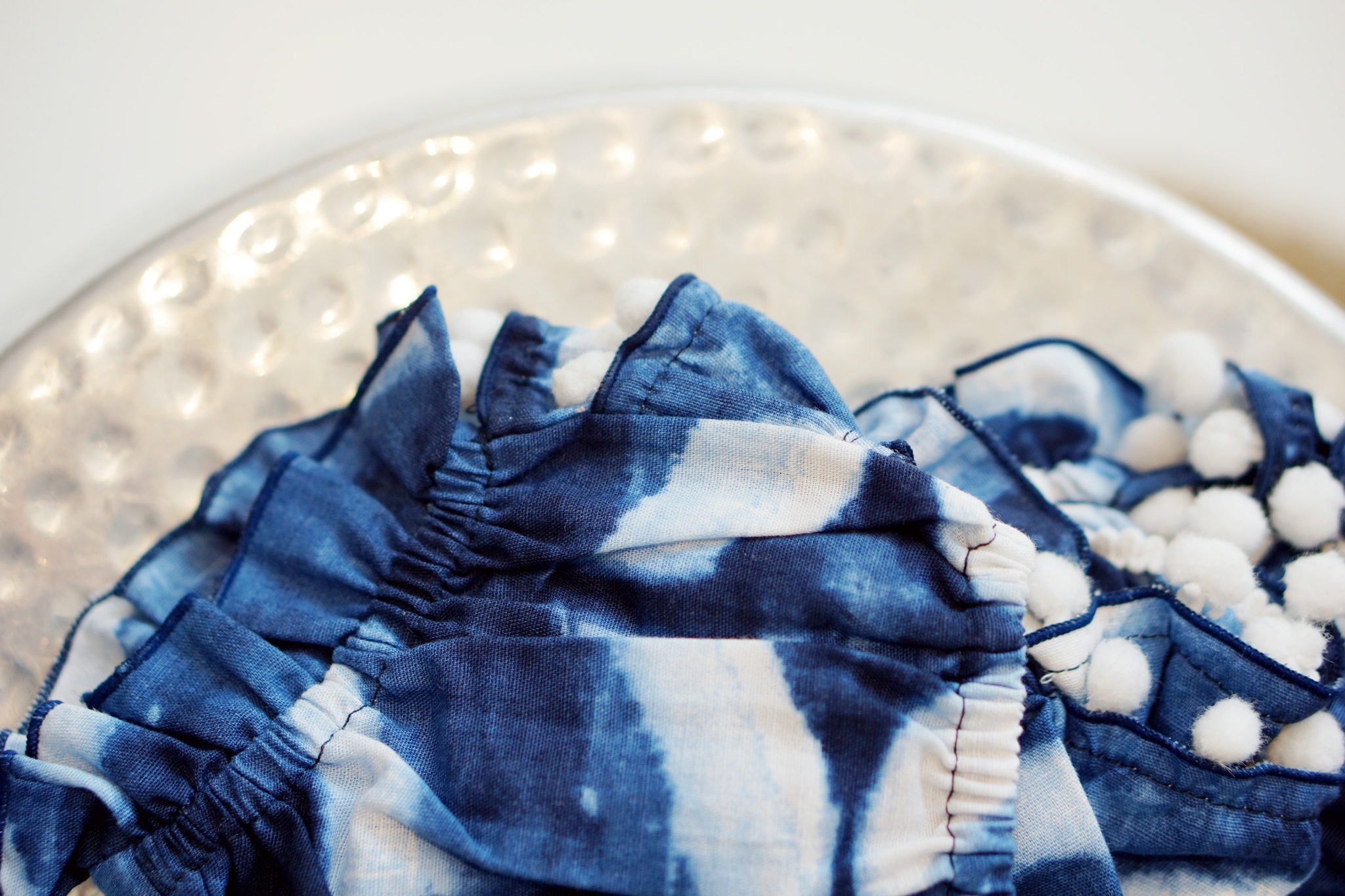
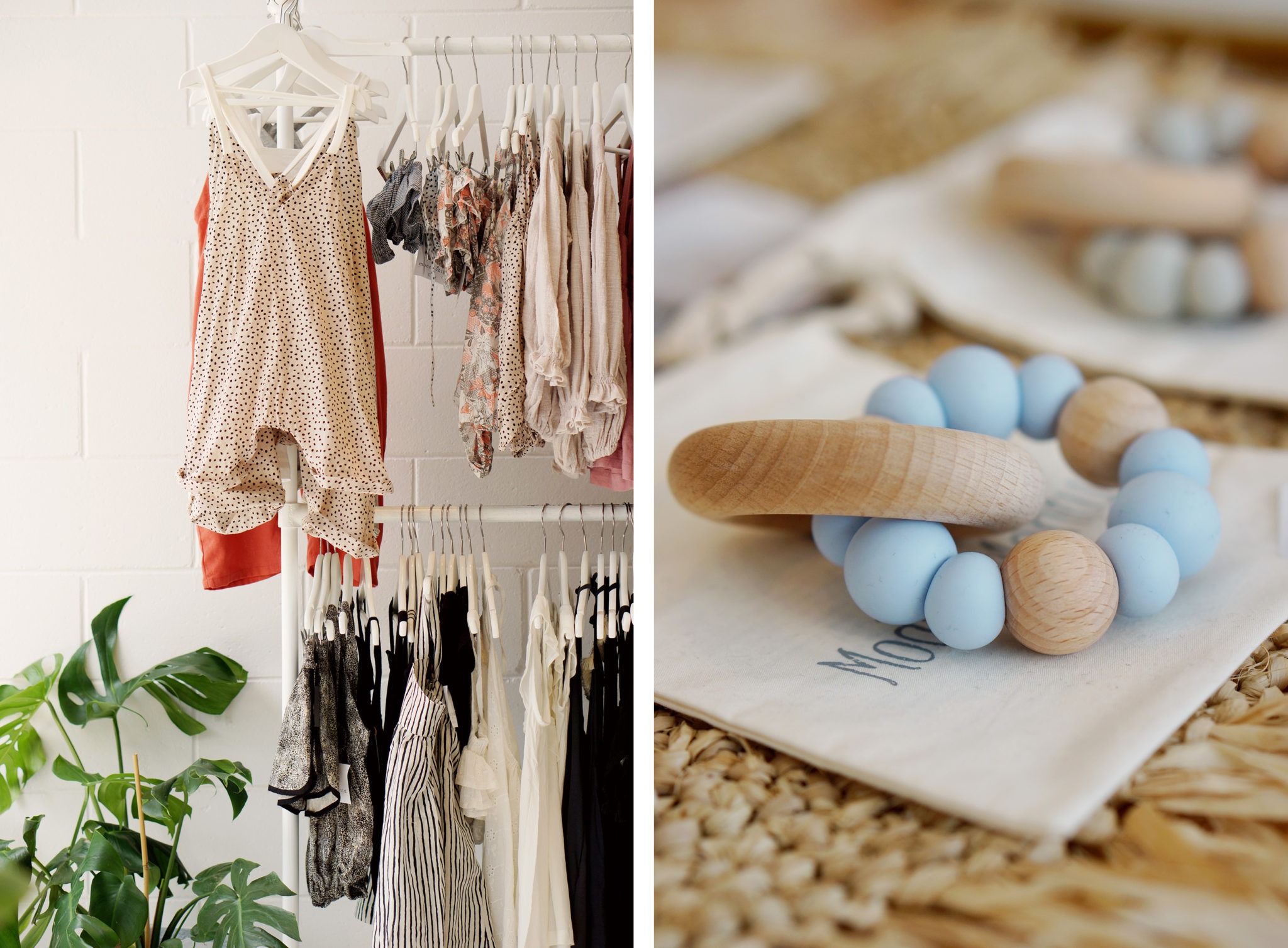
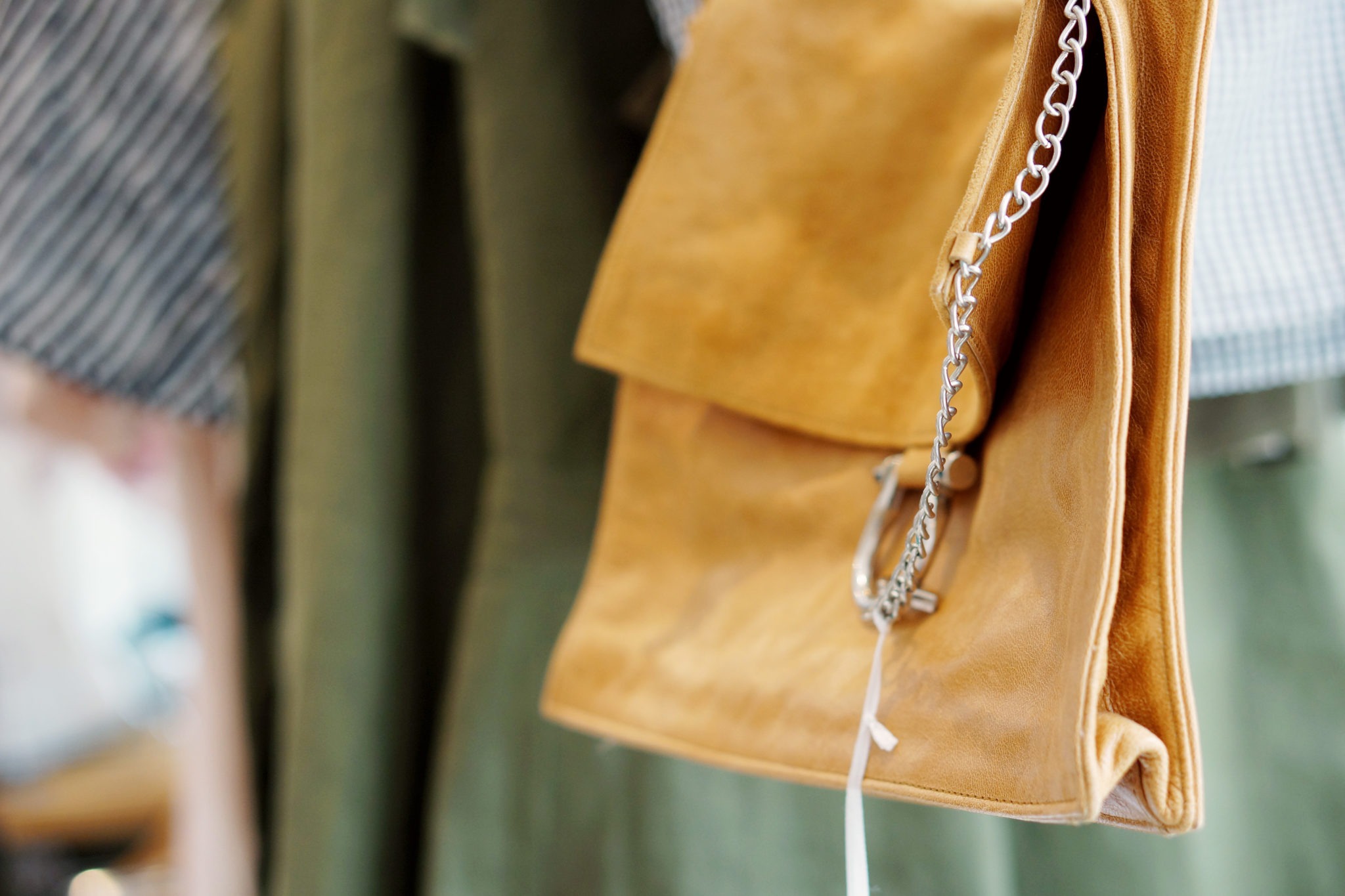
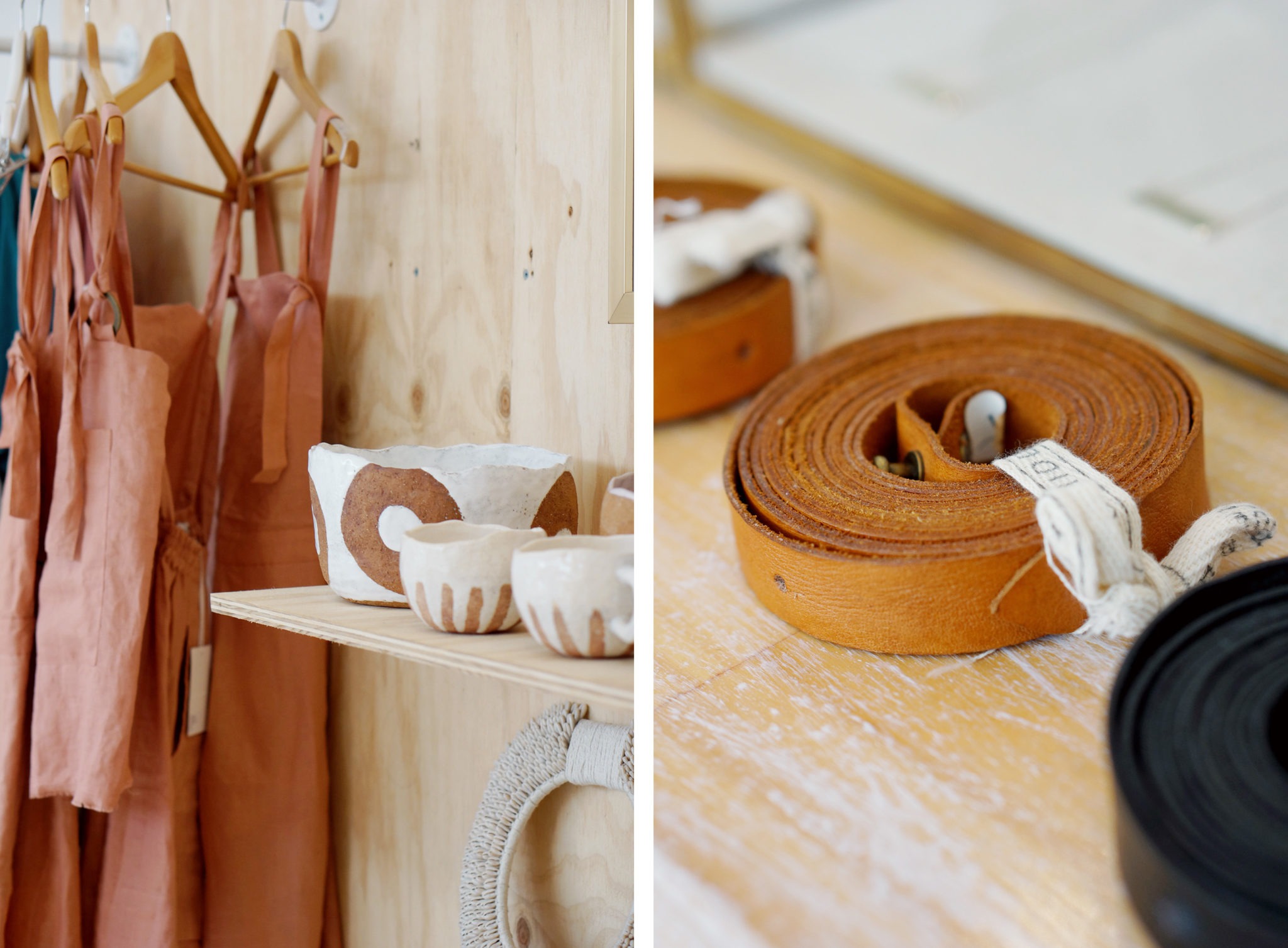
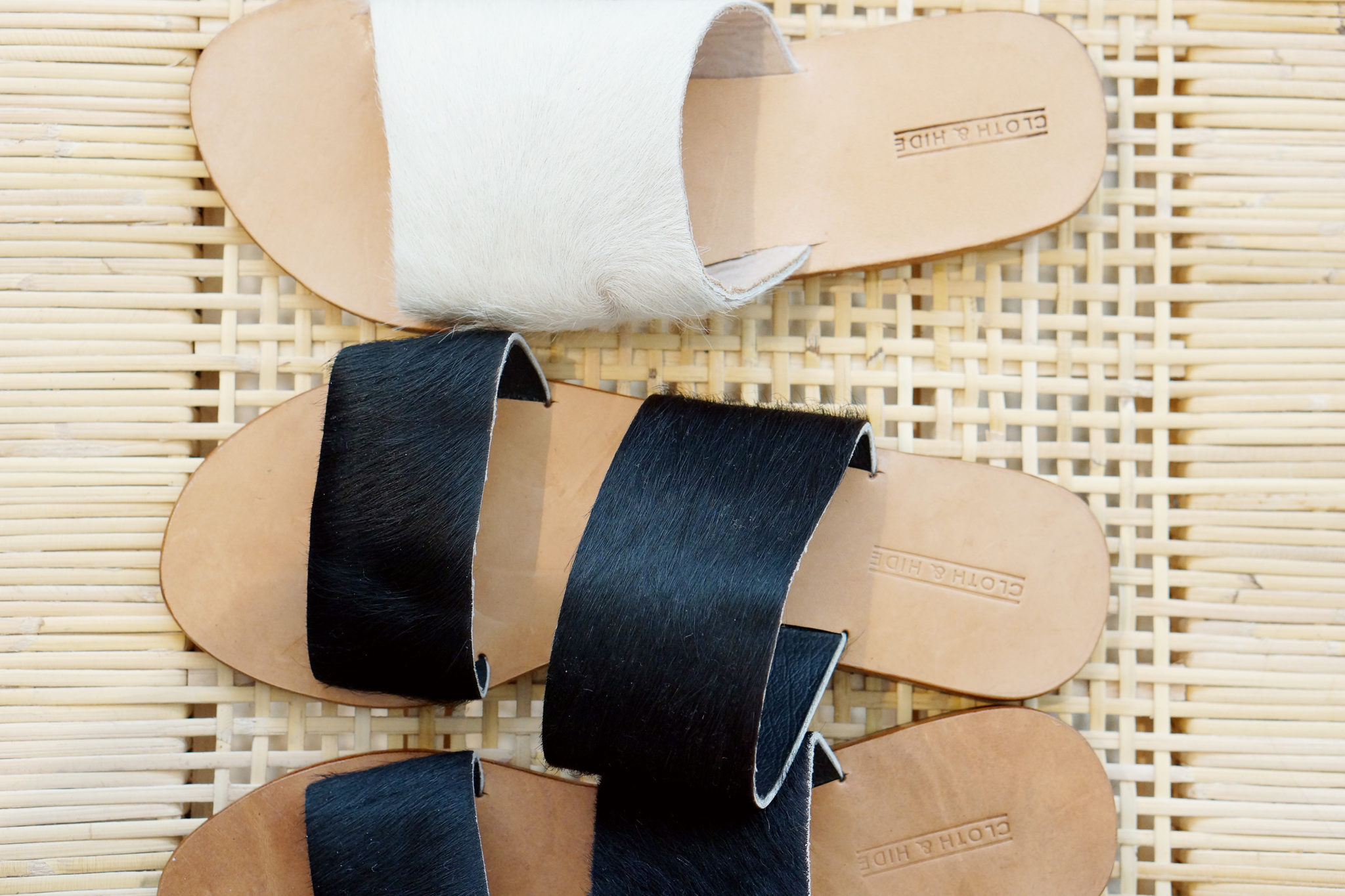
I guess what inspired me was a case of create what you wish existed – I’ve always bought timeless pieces that were beautiful in their simplicity and didn’t lend themselves too much to current trends, but still had a bit of an edginess to them. That’s what I wanted my label to be.

